Lipia Grass Cultivation Guide: A Sustainable Forage Crop.
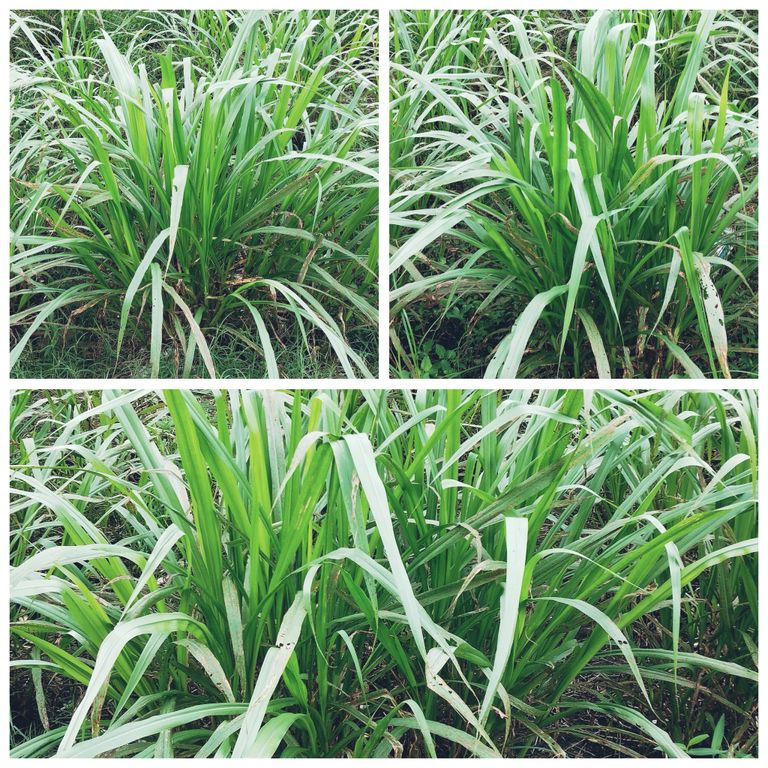
Introduction:
Lipia grass, scientifically known as Phyla nodiflora, is gaining recognition as a sustainable and drought-resistant forage crop. It belongs to the Verbenaceae family and is native to warm climates. With its high adaptability and numerous benefits, Lipia grass is increasingly cultivated for use as livestock feed, for erosion control, and in landscaping. This blog provides an in-depth guide on the cultivation practices of Lipia grass, ensuring successful growth and utilization.
Why Cultivate Lipia Grass?
Lipia grass offers several advantages for farmers and the environment. Some of these include:
- Drought Tolerance: Lipia grass is highly drought-resistant, making it ideal for arid and semi-arid regions.
- Low Maintenance: Once established, Lipia grass requires minimal care, reducing the input costs for farmers.
- High Nutritional Value: Lipia grass provides high-quality forage for livestock with good protein content, making it a sustainable alternative for animal feeding.
- Soil Conservation: Its dense mat-like growth helps in preventing soil erosion, making it a great option for erosion control projects.
- Versatility: Lipia grass can be used in pastures, along roadways, and as a ground cover in gardens.
Climate and Soil Requirements:
Lipia grass thrives best in tropical and subtropical climates with moderate to high temperatures. It grows well in regions that receive around 500-1000mm of annual rainfall but can tolerate dry conditions due to its strong root system.
- Temperature: Lipia grass prefers temperatures ranging between 20°C and 35°C.
- Soil Type: Lipia grass is highly adaptable to various soil types, including sandy, loamy, and clay soils. However, it grows best in well-drained soils with a pH ranging from 6.0 to 7.5.
Planting Methods:
There are two common methods of establishing Lipia grass: planting seeds and vegetative propagation. Given its low seed production, vegetative propagation is more commonly used.
Vegetative Propagation (Cuttings)
- Step 1: Obtain healthy cuttings from mature Lipia grass plants. These cuttings should be about 6-8 inches long with several nodes.
- Step 2: Clear the land where the grass is to be planted by removing weeds and debris.
- Step 3: Prepare small furrows, spaced about 50 cm apart.
- Step 4: Place the cuttings in the furrows, ensuring that the nodes are in contact with the soil.
- Step 5: Cover the cuttings with soil and lightly water the area to encourage root development.
Seed Propagation (Less Common)
- Step 1: Purchase certified Lipia grass seeds from a reputable supplier.
- Step 2: Prepare the land by plowing and leveling the soil.
- Step 3: Broadcast the seeds evenly across the field or use a seed drill.
- Step 4: Lightly cover the seeds with soil and irrigate as needed.
Irrigation:
Lipia grass is drought-tolerant once established, but young plants require consistent moisture for the first few weeks. Irrigation is especially necessary during dry spells. Use a drip irrigation system or flood irrigation method, depending on the water availability.
Fertilization:
Although Lipia grass is relatively low-maintenance, adding fertilizers can enhance its growth, especially in nutrient-deficient soils.
- Nitrogen (N): Apply nitrogen-rich fertilizers at a rate of 50-60 kg per hectare after planting to encourage vigorous growth.
- Phosphorus (P): Phosphorus aids in root development, so applying a phosphorus-based fertilizer during planting is recommended.
- Organic Fertilizers: The use of organic manure, such as cow dung or compost, can also be beneficial for soil health and grass growth.
Weed Control:
During the initial stages of growth, weed control is crucial to prevent competition for nutrients and sunlight. Manual weeding or the use of non-selective herbicides can help maintain a weed-free environment.
Harvesting and Yield:
Lipia grass can be harvested multiple times throughout the year, with the first cut typically occurring 60-70 days after planting. Subsequent harvests can be done every 45-50 days depending on the growing conditions. The grass should be cut at a height of around 5-7 cm to ensure regrowth.
- Yield: On average, Lipia grass yields about 20-30 tons of green forage per hectare annually under optimal conditions.
Pest and Disease Management:
Lipia grass is relatively resistant to pests and diseases, but it is not completely immune. Some common pests and diseases to watch out for include:
- Aphids: These small insects can damage the leaves and reduce forage quality. Spraying neem oil or using an appropriate insecticide can help control aphid infestations.
- Fungal Diseases: Over-irrigation or prolonged periods of high humidity may result in fungal diseases such as rust or leaf spot. To prevent fungal infections, ensure proper drainage and avoid overwatering.
Uses of Lipia Grass:
- Forage: Lipia grass is used primarily as livestock feed. It provides a nutritious and digestible source of forage for cattle, goats, sheep, and other animals.
- Erosion Control: Its mat-forming ability makes Lipia grass an effective ground cover for preventing soil erosion on slopes and riverbanks.
- Ornamental Use: Due to its aesthetic appeal, Lipia grass is also used in landscaping projects, especially in lawns, parks, and gardens.
Conclusion:
Lipia grass is a resilient and sustainable forage crop that offers significant benefits to farmers, livestock, and the environment. Its adaptability to various soils and climates, combined with its drought tolerance and low maintenance needs, make it an ideal choice for sustainable farming practices. By following the right cultivation practices, farmers can ensure a productive yield and improve the quality of their forage supply.
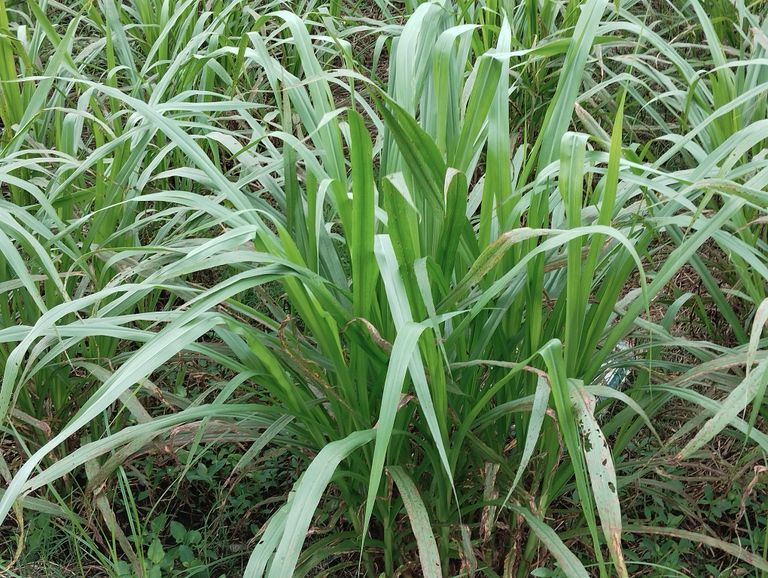
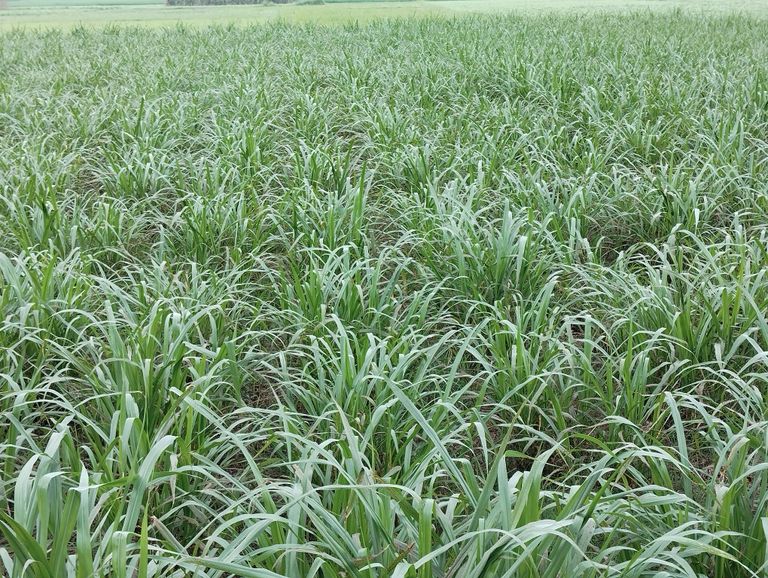
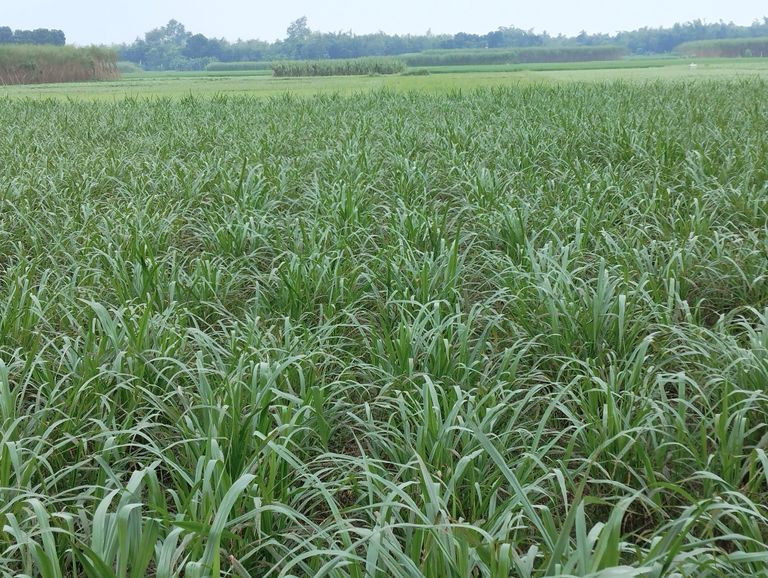
Everything You Need to Know About Lippia Grass Seeds: A Comprehensive Guide
Lippia grass, scientifically known as Phyla nodiflora, is an increasingly popular plant species appreciated for its environmental benefits and practical uses in landscaping. This low-maintenance, drought-resistant groundcover is native to tropical and subtropical regions, making it highly adaptable to a variety of climates. In this blog, we will take a detailed look at Lippia grass, focusing specifically on its seeds, their uses, benefits, and how to grow them effectively. Whether you are a landscape designer, a home gardener, or someone looking for eco-friendly alternatives for soil erosion control, this comprehensive guide will help you understand everything about Lippia grass seeds.
What is Lippia Grass?
Lippia grass, often referred to as frogfruit, turkey tangle, or carpetweed, belongs to the Verbenaceae family. Its creeping nature makes it an ideal choice for groundcover in lawns, gardens, and public spaces. Unlike traditional lawn grass, Lippia grass is a flowering plant that produces small white or pinkish-purple blooms. These flowers attract pollinators like bees and butterflies, adding aesthetic value to your garden while promoting biodiversity.
One of the reasons why Lippia grass is gaining popularity is its ability to thrive in poor soils with minimal watering. It is also heat- and salt-tolerant, which makes it suitable for coastal areas. When fully established, it forms a dense mat, which suppresses weeds and reduces the need for herbicides.
Characteristics of Lippia Grass Seeds
Lippia grass seeds are small and can be either directly sown in the soil or started indoors and then transplanted. These seeds have a high germination rate when grown in the right conditions. Lippia grass is a perennial, meaning that once established, it will grow back year after year, reducing the need for replanting.
Some important characteristics of Lippia grass seeds are:
Size: Small, round seeds that are easy to handle and sow.
Germination rate: High under optimal conditions.
Adaptability: Can be grown in various types of soil, including poor-quality soil.
Temperature tolerance: Lippia grass seeds can withstand high temperatures, making them ideal for regions with harsh summers.
Low water requirement: Drought-tolerant once established.
Benefits of Growing Lippia Grass from Seeds
There are several benefits to planting Lippia grass, both environmentally and economically. Here are some key advantages:
- Low Maintenance
Lippia grass requires minimal care once it is established. It can tolerate drought and poor soil conditions, reducing the need for watering, fertilization, or soil amendments. This makes it a perfect option for those who want a lush, green lawn without the hassle of constant upkeep.
- Eco-Friendly Alternative
Traditional lawns often require large amounts of water, fertilizers, and pesticides to remain healthy. Lippia grass, on the other hand, is naturally pest-resistant and doesn’t need much water after the initial growth period. By planting Lippia grass, you are choosing a more sustainable landscaping option that reduces your water consumption and minimizes the use of harmful chemicals.
- Soil Erosion Control
Lippia grass forms a dense mat that helps control soil erosion, especially in areas prone to heavy rainfall or wind. It is particularly useful for stabilizing slopes and preventing the washing away of soil in coastal or hilly regions.
- Aesthetic Appeal
With its delicate flowers and lush green foliage, Lippia grass adds visual appeal to any landscape. It creates a soft, uniform groundcover that enhances the appearance of gardens, public parks, or commercial landscapes. Moreover, the flowers attract bees, butterflies, and other pollinators, supporting local ecosystems.
- Cost-Effective
Since Lippia grass is a perennial plant, it doesn’t need to be replanted every year, which saves money on seeds or plant material. Its low maintenance requirements also cut down on costs for water, fertilizers, and lawn care services.
- Weed Suppression
Once established, Lippia grass forms a thick, ground-hugging carpet that effectively suppresses the growth of weeds. This means fewer herbicides are needed, contributing to a more environmentally friendly landscape.
How to Plant Lippia Grass Seeds
Growing Lippia grass from seeds is a straightforward process that can be done by even novice gardeners. Below is a step-by-step guide to help you successfully plant and grow Lippia grass from seeds.
- Choose the Right Location
Lippia grass prefers full sun but can tolerate partial shade. The plant thrives in well-draining soil, although it can adapt to poor soils as well. Choose a location that receives at least 6 hours of sunlight per day for best results.
- Prepare the Soil
Before planting, prepare the soil by clearing away weeds, rocks, and debris. If the soil is compacted, loosen it with a garden rake or tiller to a depth of about 4 to 6 inches. Adding organic compost or a slow-release fertilizer at this stage can provide the seeds with additional nutrients for a strong start.
- Planting the Seeds
Sow the Lippia grass seeds directly onto the prepared soil. Scatter them evenly to ensure uniform coverage, or plant them in rows if you prefer a more organized approach. Lightly press the seeds into the soil or cover them with a thin layer of soil (about 1/4 inch deep).
- Watering
Keep the soil consistently moist until the seeds germinate. After the seedlings emerge, reduce watering frequency but do not let the soil dry out completely. Once the plants are well-established, they will require significantly less water.
- Germination and Growth
Lippia grass seeds usually germinate within 2 to 4 weeks, depending on the temperature and soil conditions. You should start to see the grass spread as it forms a dense mat over time. Be patient, as it can take a full growing season for Lippia grass to become fully established.
- Ongoing Care
Once established, Lippia grass requires very little maintenance. Mow the grass occasionally if you prefer a shorter, more manicured look. In particularly hot, dry climates, watering may be necessary during prolonged droughts.
Common Issues and Solutions
Lippia grass is generally hardy and resistant to most pests and diseases, but there are a few issues to watch out for:
- Overwatering
Although Lippia grass is drought-tolerant, overwatering can cause root rot and other fungal issues. Ensure the soil has good drainage and avoid excessive watering, especially once the grass is established.
- Weed Invasion (Early Stage)
Before Lippia grass is fully established, weeds may compete for resources. Mulching or applying an organic herbicide in the early stages can help prevent weeds from taking over.
- Pests
In some cases, aphids or other insects may infest the grass. Introduce natural predators like ladybugs or apply insecticidal soap if necessary.
Final Thoughts
Lippia grass seeds offer a versatile, eco-friendly alternative to traditional turfgrass. Whether you’re looking for a low-maintenance lawn, a solution for soil erosion, or a groundcover to attract pollinators, Lippia grass is a great choice. With its high adaptability, drought tolerance, and aesthetic appeal, it’s no wonder more people are turning to Lippia grass as a sustainable landscaping option.
By following the steps outlined in this guide, you’ll be well on your way to growing a beautiful, resilient Lippia grass lawn from seeds. Happy gardening!
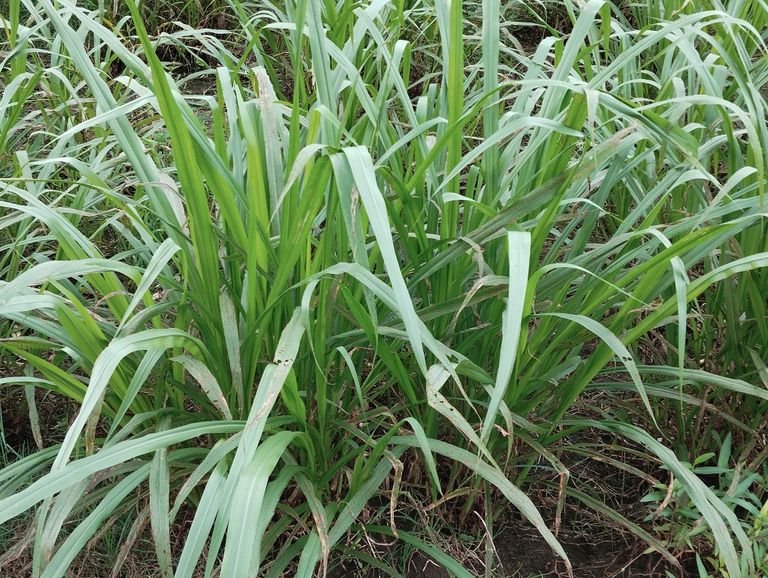
A Comprehensive Guide to Planting Carpet Grass (Lippia Grass)
Carpet grass, scientifically known as Lippia nodiflora, is a hardy ground cover that has gained popularity in many regions due to its drought resistance, low maintenance, and rapid growth. The grass forms a lush green mat, which is ideal for lawns, gardens, and even erosion control. If you’re looking to plant carpet grass, timing, soil preparation, and proper care are crucial. This guide will walk you through everything you need to know about planting and maintaining carpet grass.
- Introduction to Carpet Grass
Carpet grass, commonly known as Lippia grass, is a creeping perennial plant that originates from tropical and subtropical regions. It thrives in areas with plenty of sunlight but can tolerate partial shade. One of the best things about Lippia grass is its ability to survive in poor soil conditions and its resistance to drought, making it a perfect choice for regions where water conservation is essential.
It is also widely used for erosion control, stabilizing soils, and enhancing the aesthetic appeal of landscapes due to its dense and carpet-like growth.
- Best Time to Plant Carpet Grass
Timing is one of the most critical factors when planting carpet grass. To ensure healthy growth, follow these time-specific guidelines:
Spring (March to May): The best time to plant Lippia grass is during the spring season when the soil starts warming up. This gives the grass ample time to establish before the heat of summer sets in. Soil temperatures around 18-24°C (65-75°F) are optimal for germination and root development.
Late Summer (August to October): Another ideal period for planting is late summer, but this depends on your region's climate. In areas where the winters are not harsh, planting in late summer allows the grass to establish before the cooler months.
Avoid planting in extremely cold or hot conditions as this can stress the young plants, leading to poor establishment and growth.
- Preparing the Soil for Planting
For Lippia grass to grow well, proper soil preparation is essential. Follow these steps to prepare your soil:
Soil Testing: Test the pH of your soil. Lippia grass prefers slightly acidic to neutral soil with a pH between 5.5 and 7.5. If necessary, adjust the soil pH by adding lime to increase alkalinity or sulfur to reduce it.
Clearing the Area: Remove weeds, rocks, or any debris from the area where you plan to plant the grass. Weeds can compete for nutrients and water, making it difficult for the grass to establish.
Soil Aeration: Loosen the top 6 inches of soil using a garden rake or tiller to improve soil aeration. This will help the grass roots penetrate deeply and access nutrients more efficiently.
Adding Organic Matter: Mix in compost or well-rotted manure to enrich the soil with nutrients. This will create a fertile environment for the grass to grow and thrive.
- Methods of Planting Lippia Grass
There are several methods to plant carpet grass, depending on the size of the area you want to cover and the resources available:
A. Sowing Seeds
Step 1: Spread the seeds evenly across the prepared soil. For large areas, you can use a broadcast spreader to distribute the seeds uniformly.
Step 2: Lightly rake the soil to cover the seeds with a thin layer of soil. Do not bury them too deep as the seeds need sunlight to germinate.
Step 3: Water the area gently but thoroughly to ensure the seeds are moist, encouraging germination.
B. Sodding
Sodding is a faster way to establish carpet grass since it involves laying pre-grown grass directly onto the soil.
Step 1: Lay the sod pieces closely together to avoid gaps.
Step 2: Press the sod down gently to ensure good contact with the soil. You can use a lawn roller for this.
Step 3: Water the sod immediately after installation to promote root bonding with the soil.
C. Planting Plugs or Stolons
This method involves planting small sections or runners of Lippia grass.
Step 1: Dig small holes, spaced about 10-12 inches apart, depending on how quickly you want the grass to spread.
Step 2: Place the plugs or stolons in the holes and cover them with soil.
Step 3: Water the area generously to help the plugs or stolons establish.
- Watering and Maintenance After Planting
Proper watering is critical during the first few weeks after planting. Here's a step-by-step guide to post-planting care:
Initial Watering: Water the planted area immediately after planting to moisten the soil. Ensure the water penetrates the top 4-6 inches of soil where the roots will develop.
Frequent Watering: Water the newly planted grass daily for the first 2-3 weeks, ensuring the soil remains consistently moist but not waterlogged. As the grass starts to establish, you can reduce the frequency to 2-3 times a week.
Mowing: Once the grass reaches about 3 inches in height, you can begin mowing. Set your mower to a height of 1-2 inches, as this will encourage lateral growth, helping the grass to spread and fill in bare spots.
Weed Control: Keep the area weed-free, especially during the establishment period. You can manually remove weeds or use a pre-emergent herbicide if necessary. Be cautious when using chemicals, as some can harm the young grass.
- Long-Term Care and Maintenance
Once your Lippia grass is established, it becomes relatively low maintenance. Here's how to keep your lawn lush and healthy:
Watering Needs: After establishment, Lippia grass is drought-tolerant and only needs occasional watering during extended dry periods.
Fertilization: Fertilize the grass once or twice a year with a balanced fertilizer to provide essential nutrients. Apply fertilizer in early spring to stimulate growth and again in early fall to prepare the grass for the cooler months.
Mowing: Regular mowing is necessary to keep the grass looking tidy. You can mow the grass to a height of 1-2 inches, depending on your aesthetic preference. However, avoid mowing too short, as this can stress the grass, especially during hot weather.
Pest and Disease Control: Carpet grass is relatively pest-resistant, but in rare cases, it may suffer from fungal diseases or pests like aphids. Monitor your lawn regularly for signs of disease or infestation and treat accordingly with organic or chemical solutions.
- Troubleshooting Common Problems
Here are some common issues you may encounter and how to address them:
Bare Patches: If bare patches appear, it could be due to poor soil quality, insufficient watering, or excessive foot traffic. Reseed the area or plant new plugs and adjust your watering or fertilization schedule.
Weed Infestation: Use a pre-emergent herbicide in early spring to prevent weeds from taking over. If weeds have already appeared, hand-pull them or use a post-emergent herbicide.
Yellowing Grass: Yellowing could be a sign of nutrient deficiency, overwatering, or poor drainage. Test the soil and adjust your fertilization or watering practices.
Conclusion
Planting carpet grass can transform your outdoor space into a beautiful, green landscape with minimal maintenance. By selecting the right planting time, preparing the soil adequately, and following the recommended care practices, you can establish a healthy and resilient lawn. Whether you choose to plant by seed, sod, or plugs, your efforts will be rewarded with a lush carpet of green that enhances both the aesthetic and functional value of your space.
With proper timing, attention to detail, and a little patience, you'll enjoy a beautiful Lippia grass lawn that thrives for years to come.
Congratulations, your post has been upvoted by @dsc-r2cornell, which is the curating account for @R2cornell's Discord Community.
Enhorabuena, su "post" ha sido "up-voted" por @dsc-r2cornell, que es la "cuenta curating" de la Comunidad de la Discordia de @R2cornell.